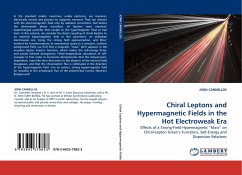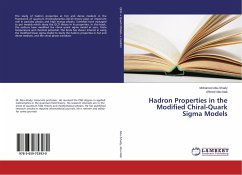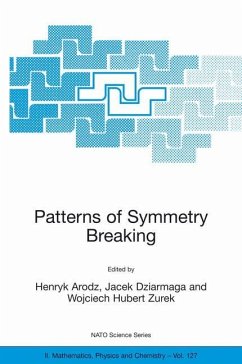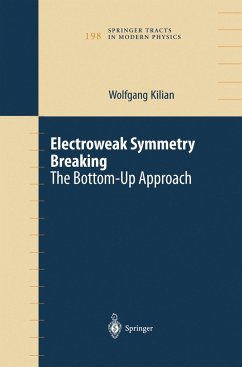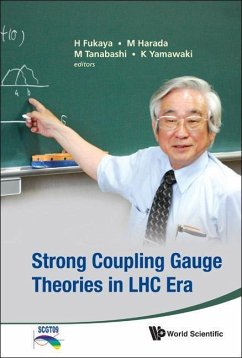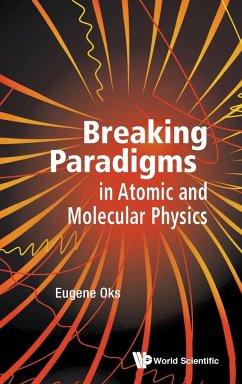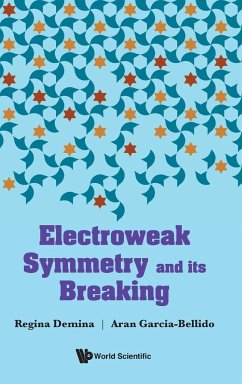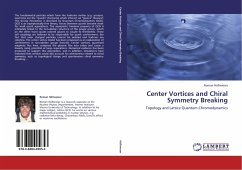
Center Vortices and Chiral Symmetry Breaking
Topology and Lattice Quantum Chromodynamics
Versandkostenfrei!
Versandfertig in 6-10 Tagen
52,99 €
inkl. MwSt.

PAYBACK Punkte
26 °P sammeln!
The fundamental particles which form the hadronic matter (e.g. protons, neutrons) are the quarks (fermions) which interact via gluons (bosons). This strong interaction is described by Quantum Chromodynamics (QCD). QCD is an asymptotically free theory, forces between quarks become weak for small quark separations. The asymptotic freedom property of QCD is intimately linked to the non-abelian structure of the gauge group, which on the other hand causes colored gluons to couple to themselves. These self couplings are believed to be responsible for quark confinement, the fact that color charged pa...
The fundamental particles which form the hadronic matter (e.g. protons, neutrons) are the quarks (fermions) which interact via gluons (bosons). This strong interaction is described by Quantum Chromodynamics (QCD). QCD is an asymptotically free theory, forces between quarks become weak for small quark separations. The asymptotic freedom property of QCD is intimately linked to the non-abelian structure of the gauge group, which on the other hand causes colored gluons to couple to themselves. These self couplings are believed to be responsible for quark confinement, the fact that color charged particles cannot be isolated and hadrons are colorless. The center vortex model has been proposed as an explanation of confinement in non-abelian gauge theories. Center vortices, quantised magnetic flux lines, compress the gluonic flux into tubes and cause a linearly rising potential at large separations. Numerical evidence has been produced to support this assumption, and in addition, simulations have indicated that vortices could also account for phenomena related to chiral symmetry, such as topological charge and spontaneous chiral symmetry breaking...




